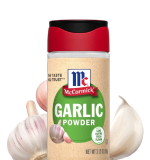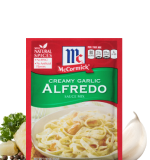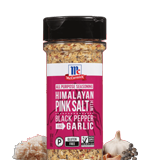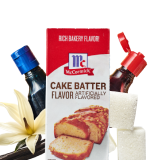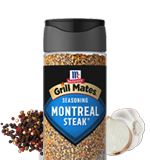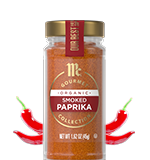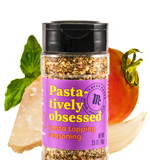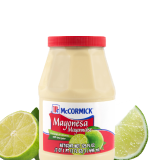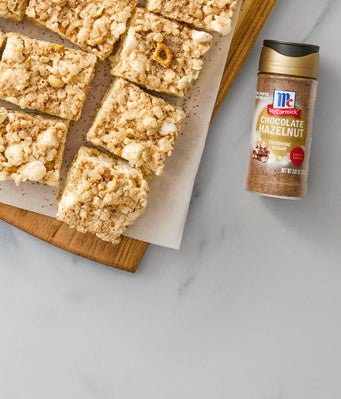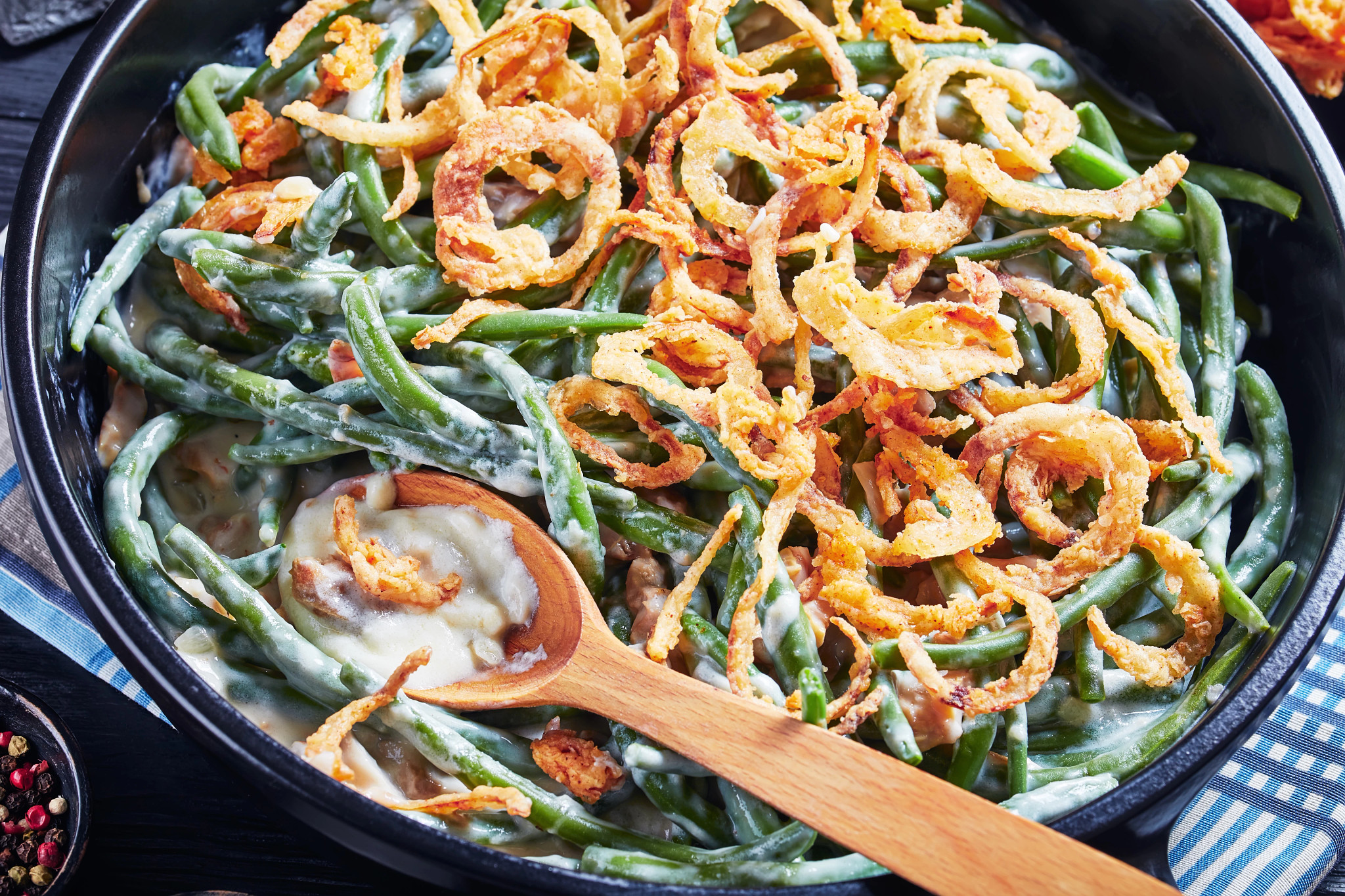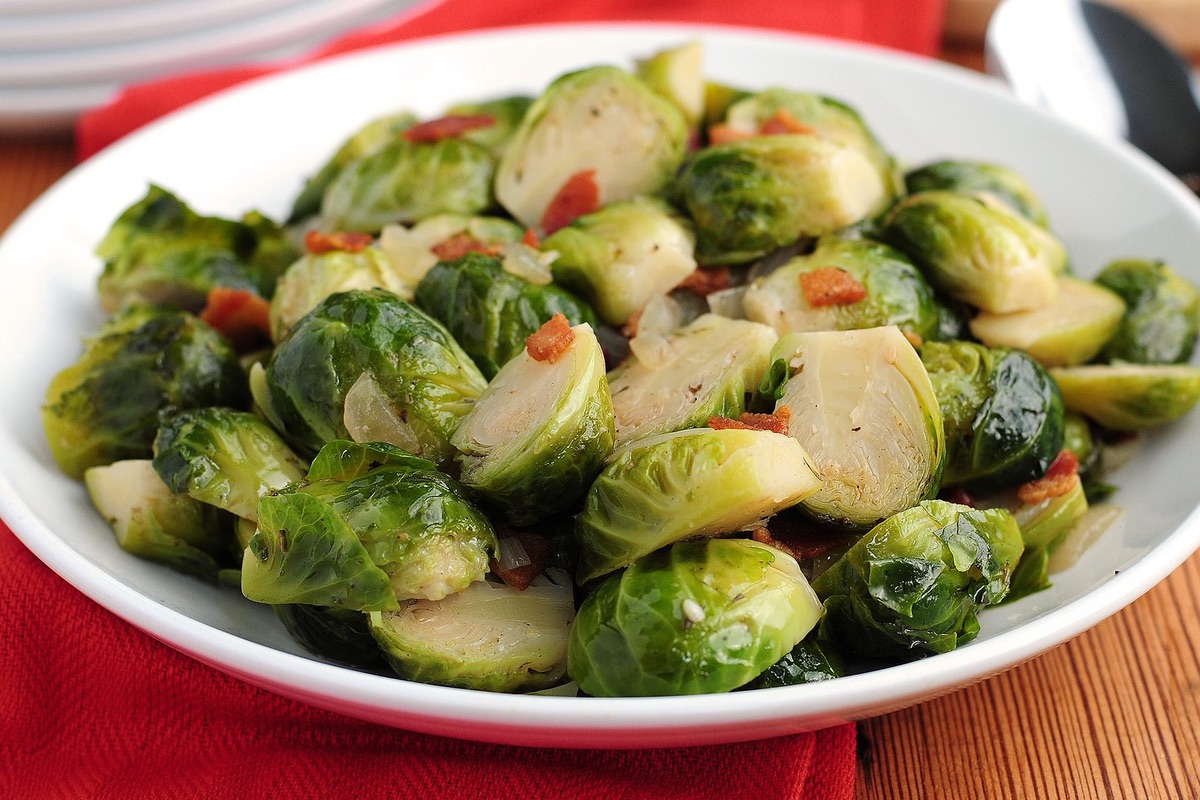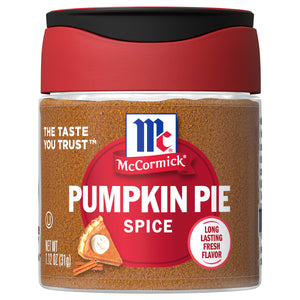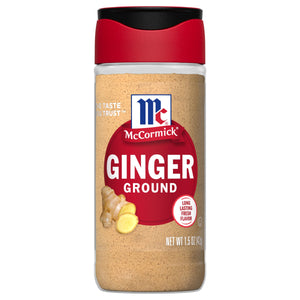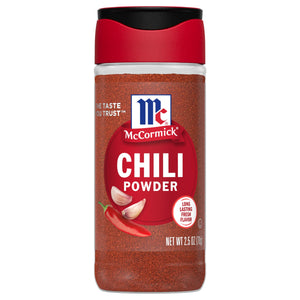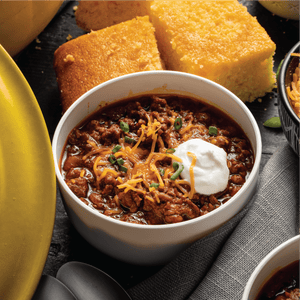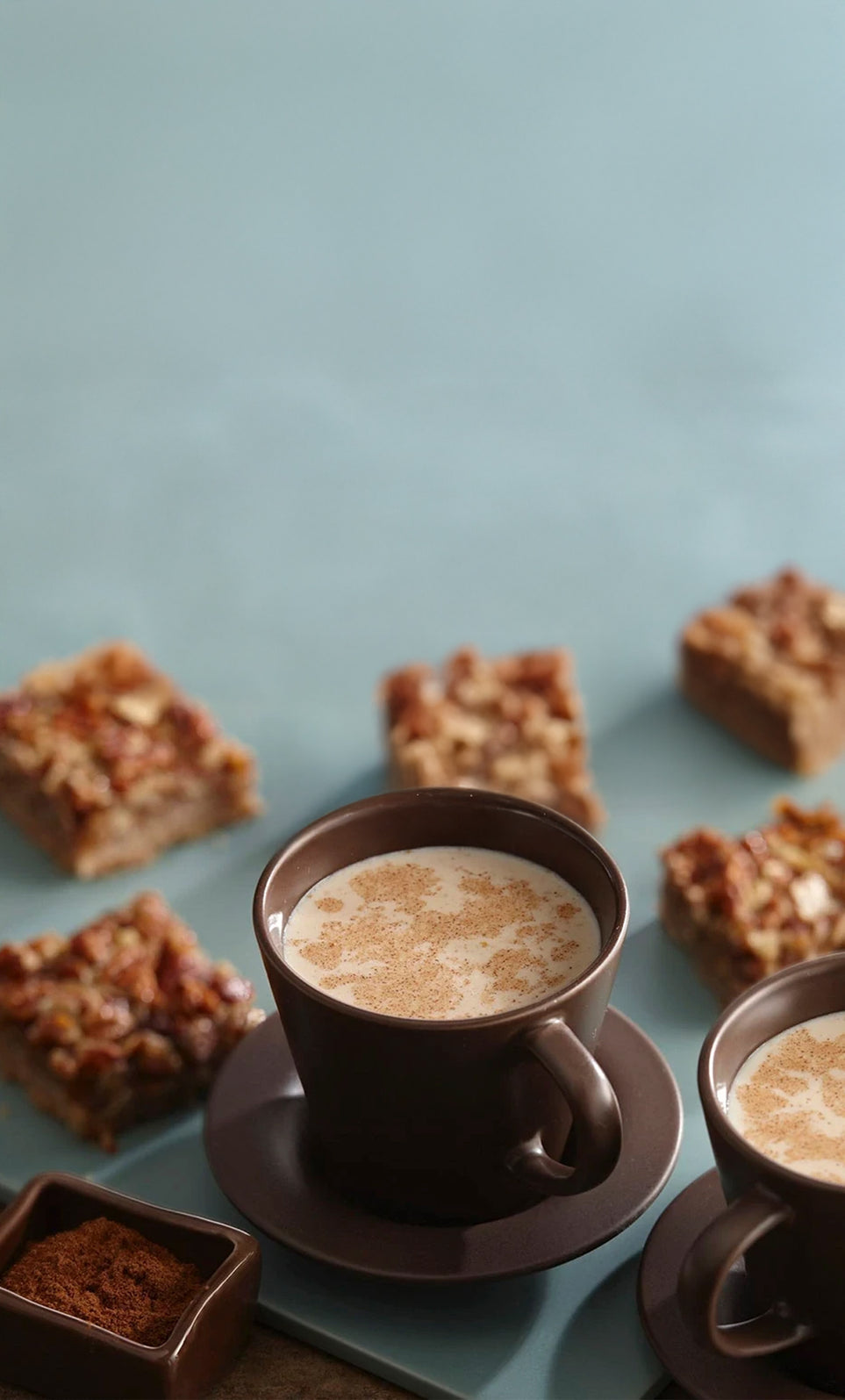
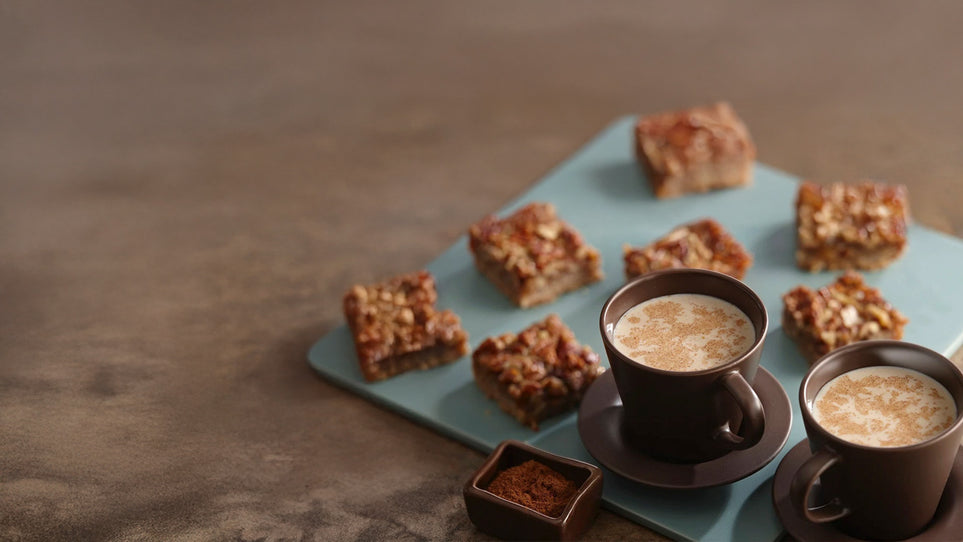
Articles, Tips & Kitchen Inspiration
Explore the full collection of McCormick articles, where expert tips, how-tos, and flavor-packed ideas turn everyday meals into memorable moments.
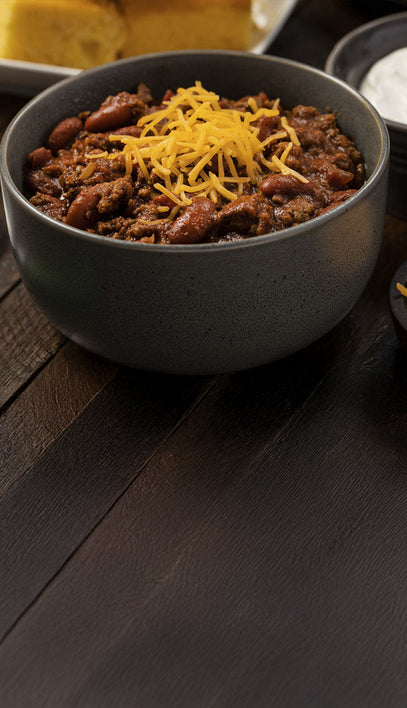
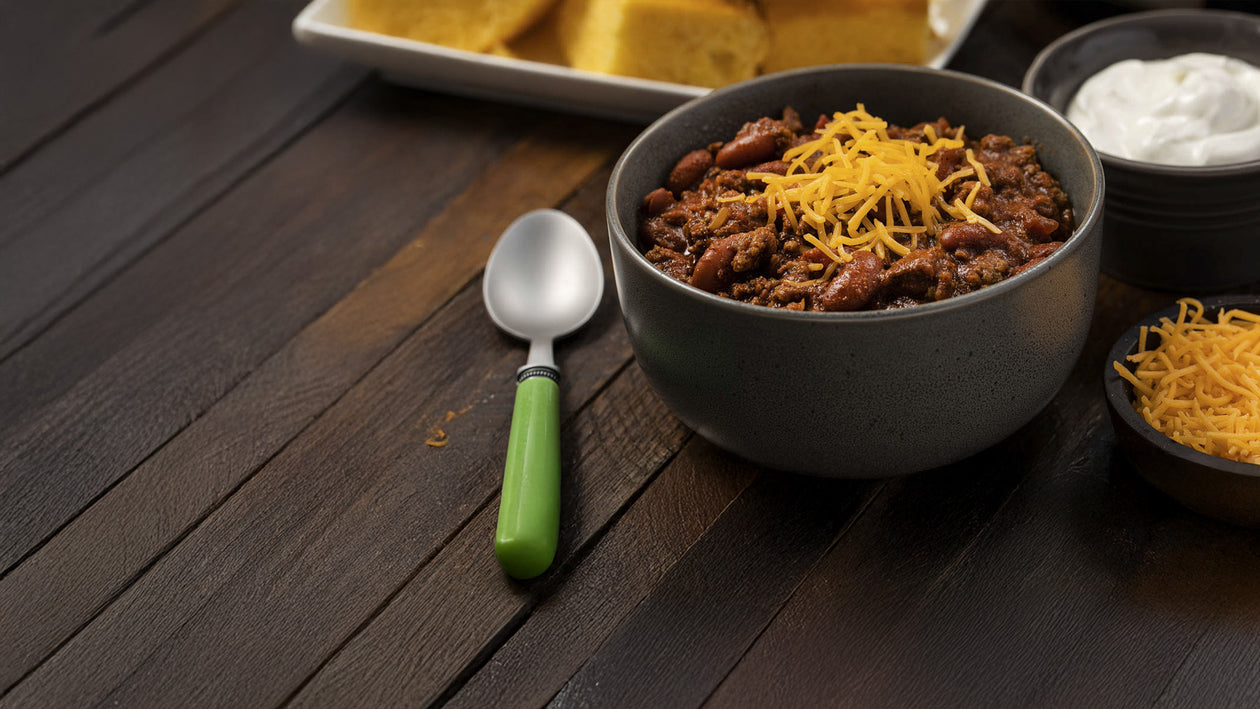
Slow Cooker Comforts Made Simple
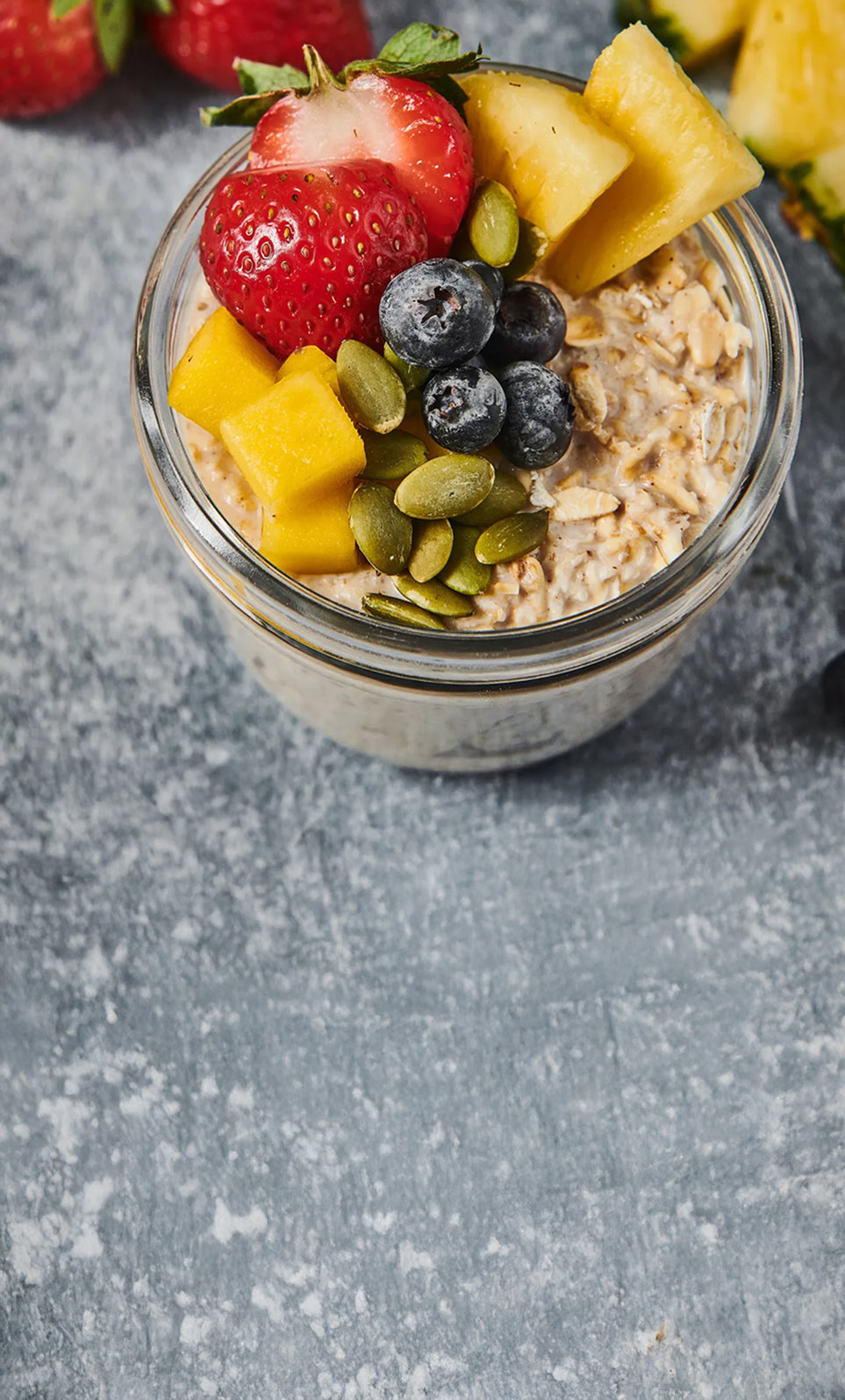

15 Easy Breakfast Meal Prep Ideas
Pressed for time in the mornings? From overnight oats to egg bakes. These quick and creative ideas make breakfast one less thing to worry about. Get the fuel you need without missing a beat.
You Might Also Like

Bring the Cheer with these Holiday Breakfast

10 Delicious Ways to Celebrate Mom This Mother's Day

8 Air Fryer Chicken Recipes for Easy Weeknight Dinners

How to Melt Chocolate for Chocolate-Covered Strawberries

Stuffing 8 Ways

Supercharge Your Supper with Pan Drippings

Chili Recipes to Warm Up on a Cold Night


